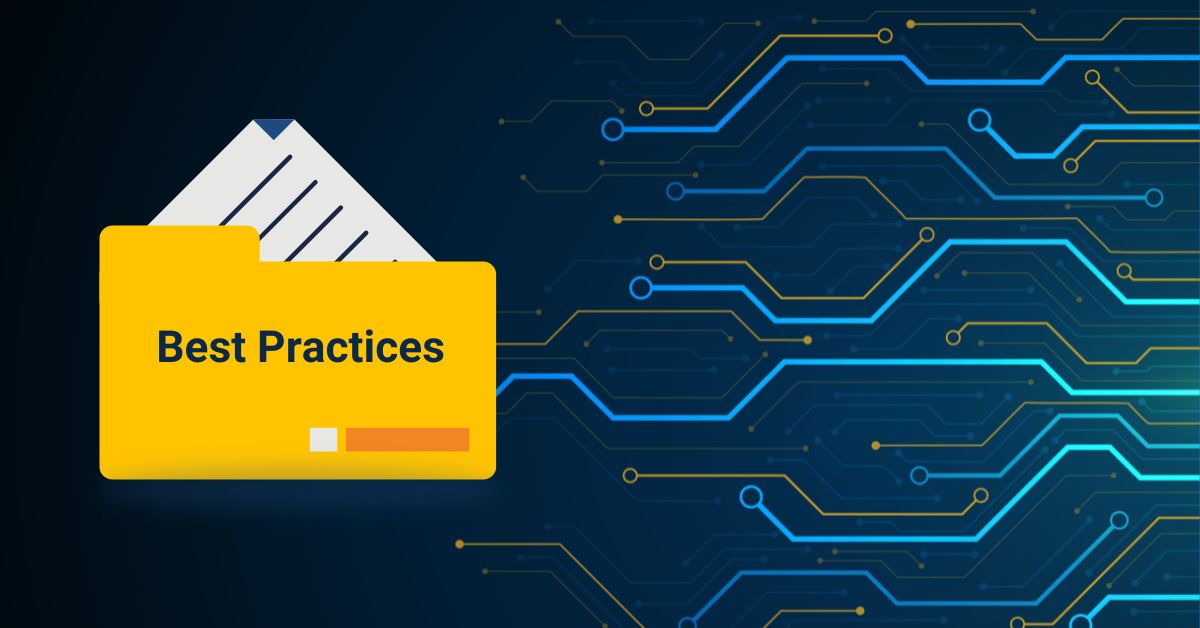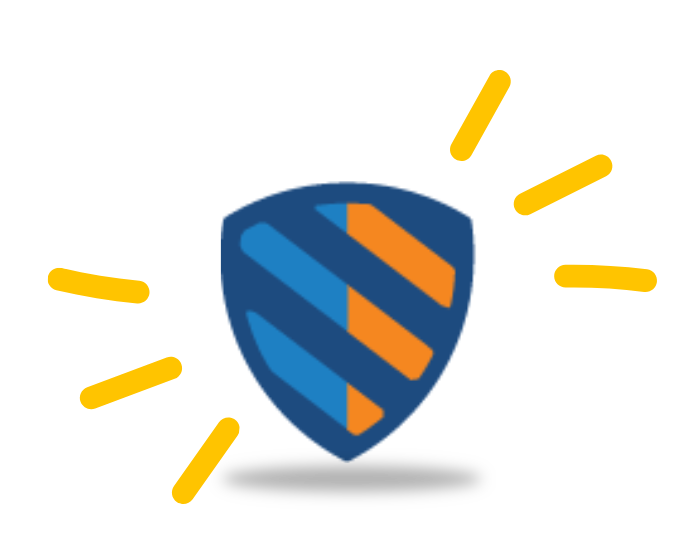
Organizations are under constant pressure to deliver software faster and more efficiently. In response, many have turned to DevOps, a set of practices that emphasizes communication, collaboration, and integration between software developers and IT operations professionals.
However, simply adopting DevOps practices is not enough to ensure success. To truly reap the benefits of DevOps, organizations must also adopt a security-minded approach known as DevSecOps.
DevSecOps is a set of practices that focus on integrating security into the software development lifecycle. By automating code scanning, defect reporting, and incorporating security into the development process, organizations can reduce the risk of vulnerabilities and ensure that their applications are secure.
In this article, we will discuss 10 DevSecOps best practices that your organization can implement now.

The speed and complexity of modern software development have made it necessary for organizations to adopt DevSecOps practices in order to remain competitive. DevSecOps is a set of best practices that seek to integrate security into the software development process. By doing so, organizations can more effectively secure their applications and reduce the risk of defects.
There are many DevSecOps best practices that organizations can adopt, but some are more important than others. Here are 10 of the most important DevSecOps best practices to implement now:
The first and arguably most important DevSecOps best practice is to shift security left. What this means is that security testing should be integrated as early as possible into the software development process, rather than tacked on at the end. By doing this, security risks can be identified and mitigated much more effectively.
If you’re not already using continuous integration (CI) and continuous delivery (CD), now is the time to start. CI/CD are key components of DevOps, and are essential for implementing DevSecOps best practices.
With CI/CD, teams can automatically build, test, and deploy code changes. This helps ensure that code changes are integrated and delivered quickly and efficiently. It also helps reduce the risk of human error.
One of the best ways to protect your code from being reverse engineered is to use obfuscation techniques. Obfuscation is the process of making code difficult to understand, to obscure its meaning If you will. Doing so makes it more difficult for attackers to understand the code and find vulnerabilities.
Many different obfuscation techniques can be used, such as code encryption, code compression, and white-box cryptography.
Threat modeling is the process of identifying, quantifying, and prioritizing the risks to your systems and data. It’s a key part of DevSecOps, and it’s important to do it early and often.
There are many ways to approach threat modeling, but one popular method is the STRIDE method. This involves identifying six different types of risks:
One of the key benefits of DevSecOps is that it enables you to adopt a microservices architecture. This means breaking up your monolithic applications into smaller, more manageable services.
There are several benefits to this approach:
A microservices architecture also makes it easier to implement security controls. For example, you can deploy security controls at the service level, rather than at the application level.
The world is moving to the cloud, and so is DevOps. But DevOps in the cloud is different than DevOps on-premises. When DevOps teams move to the cloud, they need to use cloud-native technologies.
Cloud-native technologies are those designed to run in the cloud. They are built to be scalable, fault-tolerant, and easy to manage.
Some of the most popular cloud-native technologies include:
If DevOps teams want to be successful in the cloud, they need to use these cloud-native technologies.
Another important DevSecOps best practice is to encrypt data in motion. This means that data should be encrypted when being transferred between different systems. This is important because it helps protect the data from being intercepted and read by unauthorized people.
Organizations need to trust that the right people have access to the right information at the right time. Role-based access control (RBAC) is a security model that can help accomplish this. RBAC can be used to control who has access to what resources in an organization. It can also be used to control what actions users can take with those resources.
RBAC is an important part of DevSecOps best practices because it can help prevent unauthorized access to sensitive data and systems. It can also help ensure that only authorized users can make changes to systems and data.
To ensure your system is secure, it’s important to monitor and log all activity. This way, you can see what’s happening on your system and identify any potential issues. By monitoring and logging activity, you can also detect patterns of behavior that may indicate an attempted attack.
The success of DevOps implementation cannot be overstated. In order to truly reap the benefits of DevOps, it must be implemented at all levels of the organization. What this means is that everyone, from the CEO to the front-line workers, must be on board with the DevOps philosophy. This can be a challenge, but it’s important to remember that DevOps is about culture first and foremost. Only by getting everyone on board with the culture change can an organization hope to fully reap the benefits of DevOps.

It’s easy to see how following best practices can help keep your software development process safe and secure. Implementing these 10 DevSecOps best practices is a great way to get started, but it’s only the beginning.
Make sure you also have the right tools in place, like PreEmptive Solutions‘ products, which make it easy to follow standard processes and ensure that your code is always up-to-date and compliant.
Want to learn more? Check out our product pages for more information on how we can help you stay safe and secure while you develop amazing software.